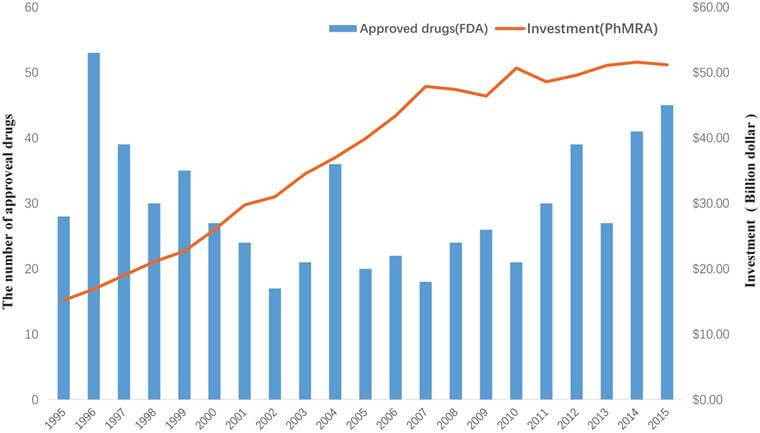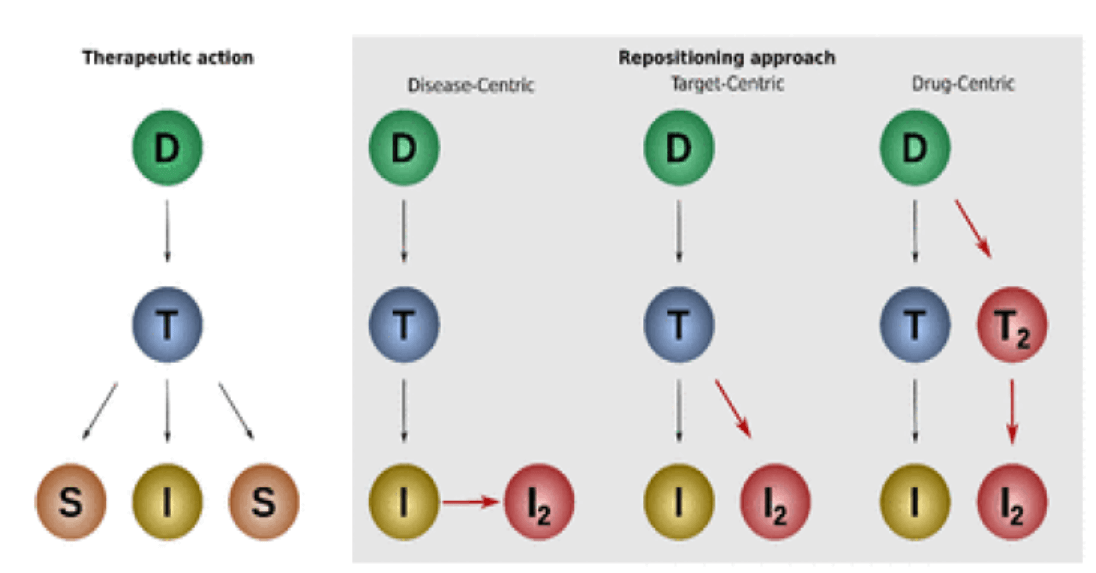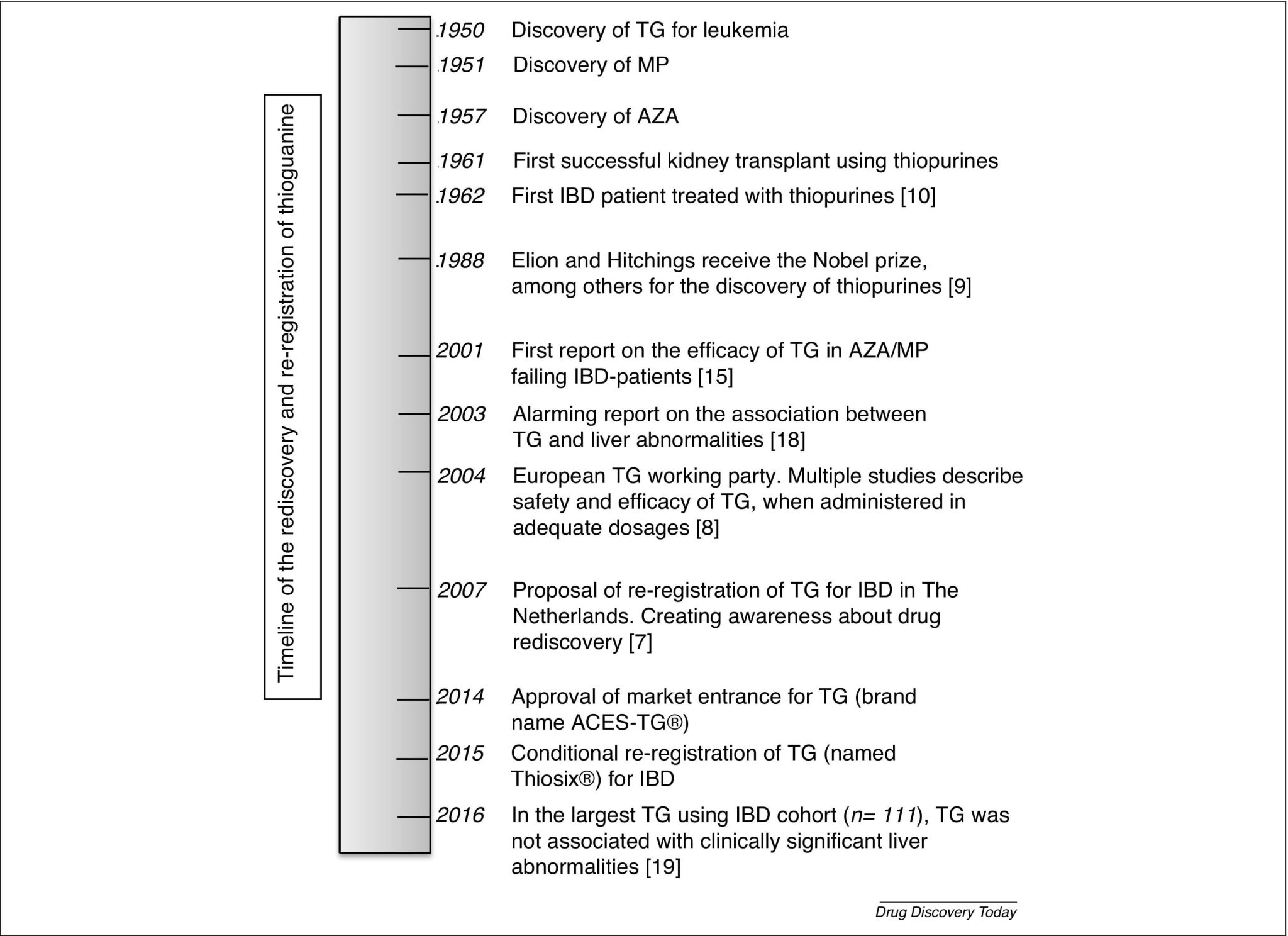
Drug repurposing has emerged as a promising strategy to bring new treatments to patients more quickly and cost-effectively. However, navigating the complex web of intellectual property rights and regulatory considerations in this field can be challenging. This article delves into the intricate world of drug repurposing, exploring the interplay between IP protection and regulatory compliance.
Understanding Drug Repurposing
Definition and Concept
Drug repurposing, also known as drug repositioning or drug rediscovery, is the process of identifying new therapeutic uses for existing drugs that have already been approved for other indications. This approach leverages the wealth of knowledge and data accumulated during the original drug development process to find novel applications for known compounds[1].
Advantages of Drug Repurposing
The appeal of drug repurposing lies in its potential to significantly reduce the time and cost associated with bringing new treatments to market. By utilizing drugs with established safety profiles, researchers can bypass many of the early-stage hurdles in drug development, potentially shaving years off the traditional drug discovery timeline[2].
Challenges in Drug Repurposing
Despite its advantages, drug repurposing is not without its challenges. One of the primary hurdles is navigating the complex landscape of intellectual property rights and regulatory requirements. Balancing the need for innovation with existing patent protections and regulatory frameworks can be a delicate dance for pharmaceutical companies and researchers alike[3].
Intellectual Property Rights in Drug Repurposing
Patent Protection for Repurposed Drugs
Securing patent protection for repurposed drugs can be a complex endeavor. While the original compound may no longer be patentable, there are several avenues through which innovators can seek IP protection for their repurposing efforts:
- Method-of-use patents: These patents protect the use of a known compound for a new therapeutic indication.
- Formulation patents: Novel formulations or delivery methods for existing drugs can be patented.
- Combination patents: New combinations of known drugs may be eligible for patent protection.
Strategies for IP Protection in Drug Repurposing
To maximize IP protection in drug repurposing, companies and researchers should consider the following strategies:
- Comprehensive patent searches: Thoroughly investigate existing patents to identify potential opportunities and avoid infringement.
- Early filing: File patent applications as soon as possible to establish priority.
- Robust data collection: Gather extensive data to support claims of novelty and non-obviousness.
- Collaboration agreements: Establish clear IP ownership and licensing terms when collaborating with other entities.
Challenges in Securing IP Rights for Repurposed Drugs
Obtaining IP protection for repurposed drugs is not without its challenges. Some common obstacles include:
- Prior art: Existing publications or patents may limit the scope of protection available.
- Obviousness: Demonstrating non-obviousness can be difficult when working with known compounds.
- Patent expiration: The original drug’s patent may have expired, limiting the potential for exclusivity.
Regulatory Considerations for Drug Repurposing
FDA Regulations for Repurposed Drugs
In the United States, the Food and Drug Administration (FDA) has established specific guidelines for the repurposing of approved drugs. The 505(b)(2) pathway allows for the approval of drugs that rely, in part, on data from previously approved products, potentially streamlining the regulatory process for repurposed drugs[4].
Key aspects of the FDA’s approach to repurposed drugs include:
- Abbreviated clinical trials: In some cases, the FDA may allow for reduced clinical trial requirements based on existing safety data.
- Orphan drug designation: Repurposed drugs targeting rare diseases may qualify for orphan drug status, providing additional incentives.
- Priority review: Drugs addressing unmet medical needs may be eligible for expedited review processes.
EMA Guidelines for Drug Repurposing
The European Medicines Agency (EMA) has also recognized the potential of drug repurposing and has established guidelines to facilitate the process. The EMA’s approach includes:
- Scientific advice: Early engagement with regulators to discuss development plans.
- Adaptive pathways: Flexible approaches to drug approval for drugs addressing urgent medical needs.
- Conditional marketing authorization: Accelerated approval based on limited data, with the requirement for post-approval studies.
Global Regulatory Landscape for Repurposed Drugs
Beyond the FDA and EMA, regulatory agencies worldwide are adapting to the growing trend of drug repurposing. Some key considerations in the global landscape include:
- Harmonization efforts: Initiatives like the International Council for Harmonisation (ICH) aim to align regulatory requirements across regions.
- Regional variations: Different countries may have unique requirements or incentives for repurposed drugs.
- Emerging market opportunities: Some developing countries may offer expedited pathways for repurposed drugs addressing local health needs.
Balancing IP Rights and Regulatory Requirements
Navigating Patent Exclusivity and Regulatory Approval
One of the key challenges in drug repurposing is balancing the need for patent protection with regulatory timelines. Companies must carefully consider the timing of patent filings and regulatory submissions to maximize the period of market exclusivity.
Dr. Michael Johnson, a patent attorney specializing in pharmaceutical IP, advises:
“It’s crucial to develop a comprehensive strategy that aligns IP protection with regulatory milestones. This may involve filing multiple patent applications at different stages of development to create a robust patent portfolio.”
Data Exclusivity and Market Protection
In addition to patent protection, repurposed drugs may benefit from other forms of market exclusivity:
- Data exclusivity: Prevents competitors from relying on the innovator’s data for a specified period.
- Market protection: Provides a period of exclusivity regardless of patent status.
- Pediatric exclusivity: Additional protection for drugs studied in pediatric populations.
Orphan Drug Designation for Repurposed Drugs
Repurposed drugs targeting rare diseases may qualify for orphan drug designation, which offers several benefits:
- Market exclusivity: Extended period of protection from competition.
- Tax incentives: Potential tax credits for clinical research expenses.
- Regulatory assistance: Guidance and support from regulatory agencies.
Case Studies in Drug Repurposing
Successful Examples of Repurposed Drugs
- Sildenafil (Viagra): Originally developed for angina, now used for erectile dysfunction.
- Thalidomide: Repurposed from a sedative to a treatment for multiple myeloma.
- Metformin: A diabetes drug showing promise in cancer prevention.
Lessons Learned from Failed Repurposing Attempts
- Importance of robust clinical data: Even with a known safety profile, efficacy must be clearly demonstrated.
- Market considerations: Potential competition and pricing strategies must be carefully evaluated.
- Regulatory hurdles: Unexpected regulatory challenges can derail repurposing efforts.
The Future of Drug Repurposing
Emerging Trends and Technologies
- Artificial intelligence: Machine learning algorithms are being used to identify promising repurposing candidates.
- Big data analytics: Mining large datasets to uncover hidden drug-disease relationships.
- Precision medicine: Tailoring repurposed drugs to specific patient populations based on genetic profiles.
Potential Impact on the Pharmaceutical Industry
Drug repurposing has the potential to reshape the pharmaceutical landscape:
- Reduced R&D costs: Potentially lowering drug prices and improving access to treatments.
- Faster time-to-market: Bringing new therapies to patients more quickly.
- Collaboration opportunities: Fostering partnerships between academia, industry, and regulatory bodies.
Conclusion
Drug repurposing represents a powerful tool in the pharmaceutical arsenal, offering the potential to bring new treatments to patients more quickly and cost-effectively. However, navigating the complex interplay of intellectual property rights and regulatory requirements is crucial for success in this field. By carefully considering IP strategies, regulatory pathways, and market dynamics, innovators can maximize the potential of drug repurposing while ensuring compliance and protecting their investments.
As the pharmaceutical landscape continues to evolve, drug repurposing is likely to play an increasingly important role in addressing unmet medical needs and driving innovation in the industry. By embracing this approach and developing comprehensive strategies that balance IP protection with regulatory compliance, companies and researchers can unlock the full potential of existing drugs to improve patient outcomes and advance medical science.
Key Takeaways
- Drug repurposing offers significant advantages in terms of time and cost savings in drug development.
- IP protection for repurposed drugs can be achieved through method-of-use, formulation, and combination patents.
- Regulatory pathways, such as the FDA’s 505(b)(2) and EMA’s adaptive pathways, can facilitate the approval of repurposed drugs.
- Balancing patent exclusivity with regulatory timelines is crucial for maximizing market protection.
- Emerging technologies like AI and big data analytics are driving new opportunities in drug repurposing.
FAQs
- Q: Can a repurposed drug receive the same level of patent protection as a new chemical entity?
A: While repurposed drugs may not be eligible for composition of matter patents, they can still receive significant protection through method-of-use, formulation, and combination patents. - Q: How does drug repurposing impact the cost of bringing a new treatment to market?
A: Drug repurposing can significantly reduce development costs by leveraging existing safety data and potentially shortening clinical trial timelines. - Q: Are there any special regulatory pathways for repurposed drugs?
A: Yes, both the FDA and EMA have established pathways that can expedite the approval process for repurposed drugs, such as the 505(b)(2) pathway in the US. - Q: How can artificial intelligence contribute to drug repurposing efforts?
A: AI algorithms can analyze large datasets to identify potential new uses for existing drugs, predict drug-target interactions, and prioritize repurposing candidates. - Q: What are the main challenges in securing IP rights for repurposed drugs?
A: Key challenges include overcoming prior art, demonstrating non-obviousness, and navigating existing patent landscapes for the original compound.
Sources cited:
[1] https://pubmed.ncbi.nlm.nih.gov/38789186/
[2] https://yjolt.org/drug-repurposing-ecosystem-intellectual-property-incentives-market-exclusivity-and-future-new
[3] https://scholarship.law.missouri.edu/facpubs/717/
[4] https://www.ncbi.nlm.nih.gov/pmc/articles/PMC9336118/
























